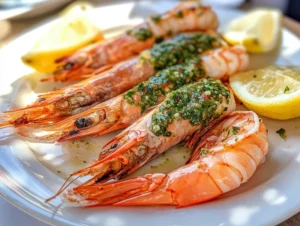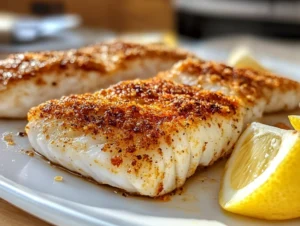Hibachi zucchini brings those exciting Japanese restaurant flavors right to your kitchen with just a few simple ingredients. I’ve been making this recipe for over a decade, and it never fails to impress both family and guests.

There’s something magical that happens when you hear that sizzle as fresh zucchini hits the hot oil. It takes me back to my first hibachi experience years ago, watching the chef work his magic on that flat grill. The aroma of garlic, ginger, and soy sauce filling the air – pure heaven! What makes this recipe so special is how it transforms humble zucchini into something that tastes like it came straight from your favorite Japanese steakhouse. The best part? You probably already have most of these ingredients in your pantry. Let’s get cooking!
Why You’ll Love This Hibachi Zucchini
This hibachi zucchini recipe has become one of my most requested dishes, and I completely understand why. After years of perfecting the technique in my kitchen, I’ve discovered that the secret lies in getting that perfect balance of crispy edges and tender centers, just like the professionals do.
- Quick and easy preparation that’s ready in under 30 minutes
- Incredibly versatile – works as a side dish or add protein for a complete meal
- Healthy choice packed with vitamins and naturally low in calories
- Restaurant-quality flavor using everyday pantry ingredients
- Beautiful presentation with vibrant colors that make any plate look special
- Perfect for summer grilling and outdoor barbecues
This hibachi zucchini is more than just a side dish – it’s a conversation starter that brings that special restaurant experience right to your dinner table.
Ingredient Notes
Medium Zucchinis: I always choose firm, bright green zucchinis without any soft spots because they hold their shape better during cooking and give you that perfect tender-crisp texture.
Vegetable Oil: This neutral oil can handle high heat without burning, which is essential for achieving that authentic hibachi sear on your zucchini.
Soy Sauce: The foundation of that savory umami flavor – I prefer low-sodium varieties so I can better control the saltiness of the final dish.
Fresh Garlic: Minced garlic adds that aromatic punch that makes your kitchen smell like a Japanese restaurant – fresh is always better than pre-minced for maximum flavor.
Fresh Ginger: This brings a subtle warmth and complexity that perfectly complements the soy sauce – look for ginger that’s firm with smooth skin.
Sesame Oil: Just a tablespoon transforms the entire dish with its rich, nutty flavor – a little goes a long way with this powerful ingredient.
Red Pepper Flakes: These optional flakes let you customize the heat level to your family’s preferences – start with less and add more to taste.
Sesame Seeds: The final garnish that adds a delightful crunch and authentic hibachi restaurant presentation to your zucchini.
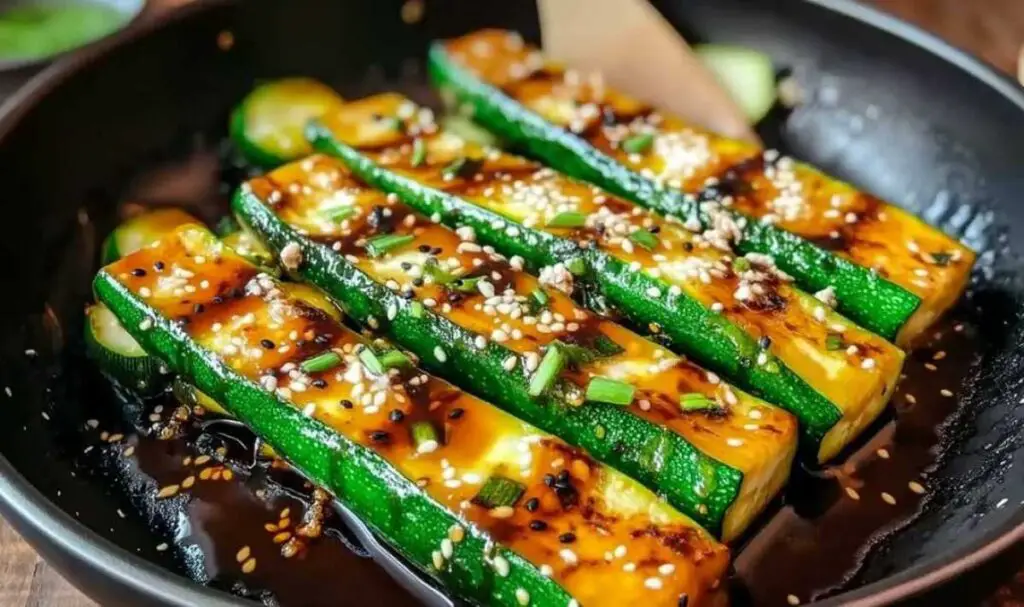
How to Cook Hibachi Zucchini
Step 1. I usually start by washing and slicing my zucchini into even rounds about ¼-inch thick – consistent sizing ensures everything cooks at the same rate.
Step 2. Heat your large skillet or wok over medium-high heat and add the vegetable oil, waiting until it shimmers before adding anything else.
Step 3. My grandmother always taught me to test the oil temperature by dropping in a small piece of garlic – if it sizzles immediately, you’re ready to go.
Step 4. Add the minced garlic and ginger to the hot oil, stirring constantly for about 30 seconds until that incredible aroma fills your kitchen.
Step 5. I’ve found that adding the zucchini in a single layer works best – don’t overcrowd the pan or you’ll end up steaming instead of searing.
Step 6. Stir-fry the zucchini for 5-7 minutes, tossing occasionally until you see those beautiful golden edges forming while the centers stay tender.
Step 7. Pour in the soy sauce and sesame oil, then sprinkle in red pepper flakes if using – toss everything together so each piece gets coated evenly.
Step 8. Continue cooking for another 2-3 minutes to let the zucchini absorb all those amazing flavors, then remove from heat and garnish with sesame seeds and green onions.
How to Store & Reheat
I usually store any leftover hibachi zucchini in an airtight container in the refrigerator, where it stays fresh for up to 3 days. Make sure it cools completely before sealing to prevent condensation from making it soggy.
For freezing, I honestly don’t recommend it since zucchini has such high water content – the texture becomes mushy when thawed, and you lose that wonderful tender-crisp quality that makes this dish so special.
When it comes to reheating, I prefer using a skillet over medium heat for 2-3 minutes to restore some of that original texture. If you’re in a hurry, the microwave works too – just cover with a damp paper towel and heat in 30-second intervals to avoid overcooking.
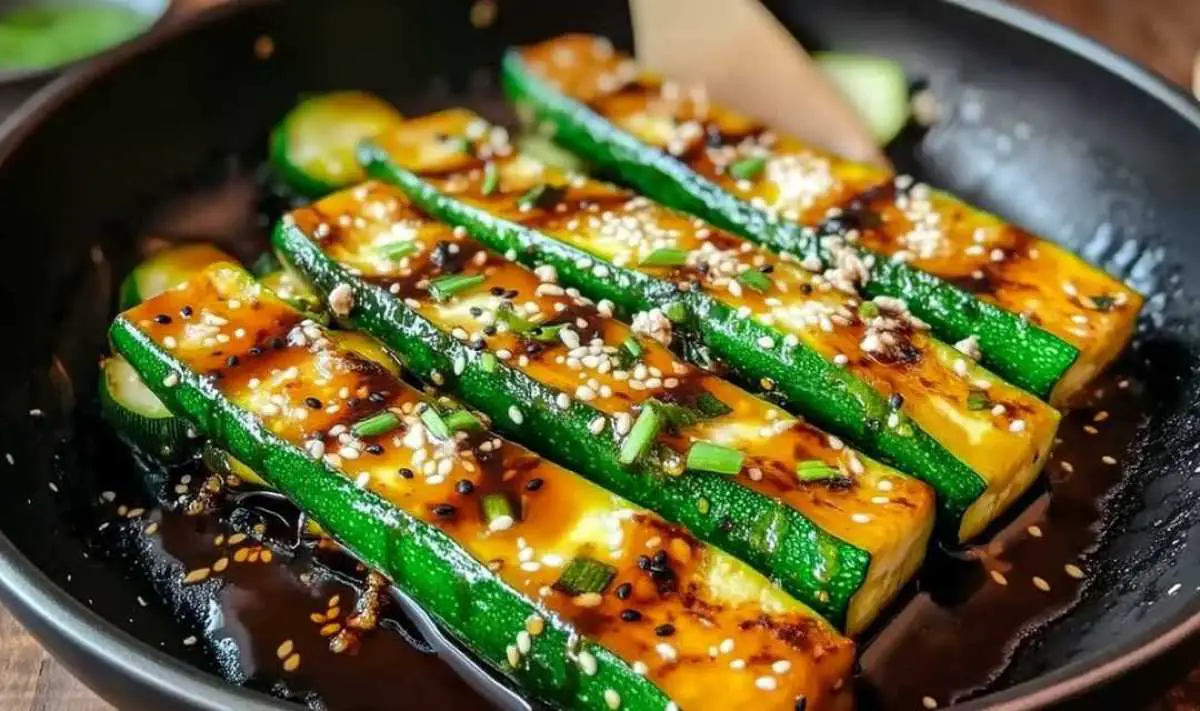
Hibachi Zucchini
Ingredients
Equipment
Method
- Wash zucchinis and slice into even rounds or half-moons.
- Heat vegetable oil in skillet or wok over medium-high heat until shimmering.
- Add garlic and ginger; sauté for 30 seconds until fragrant.
- Add zucchini slices and stir-fry for 5–7 minutes until tender yet crisp.
- Add soy sauce, sesame oil, and red pepper flakes if using. Toss to coat evenly.
- Cook for an additional 2–3 minutes to absorb flavors.
- Remove from heat. Garnish with sesame seeds and green onions.
- Serve hot for best taste and texture.
Notes
What to Serve with Hibachi Zucchini
Grilled Chicken Teriyaki: The sweet glaze on chicken pairs beautifully with the savory, garlicky flavors of the zucchini, creating a complete Japanese-inspired meal.
Steamed Jasmine Rice: This classic pairing soaks up all the delicious sauce from the zucchini while providing a neutral base that lets the vegetables shine.
Hibachi Shrimp: Double down on the hibachi theme by serving alongside seasoned shrimp – the combination creates an authentic Japanese steakhouse experience at home.
Asian Cucumber Salad: The cool, crisp cucumber provides a refreshing contrast to the warm, seasoned zucchini and helps balance the meal perfectly.
Beef Teriyaki: Rich, caramelized beef complements the lighter zucchini beautifully, giving you both protein and vegetables in one satisfying plate.
Fried Rice: My family loves when I serve this zucchini alongside homemade fried rice – it turns a simple side dish into a complete, restaurant-quality dinner.
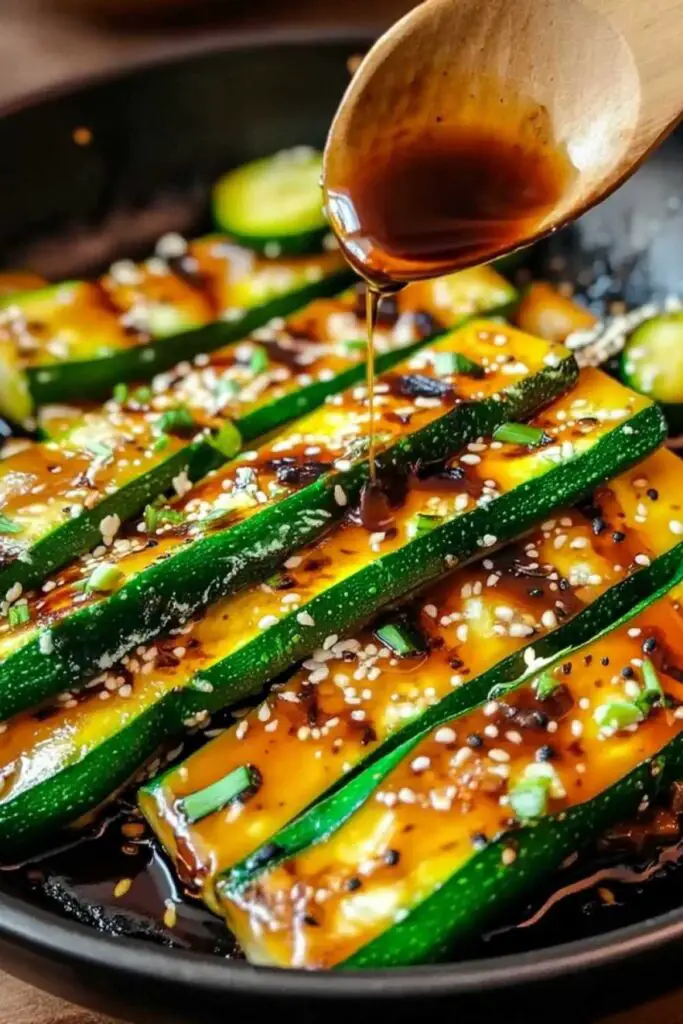
FAQs
This recipe contains approximately 120 calories per serving when divided into 4 portions, making it a wonderfully light and healthy side dish option for any meal.
Absolutely! Zucchini is packed with vitamins A and C, plus it’s naturally low in calories and high in water content, while the cooking method uses minimal oil for a nutritious preparation.
Yes, yellow squash works perfectly as a substitute – I often use a combination of both for a more colorful presentation, and the cooking time remains exactly the same.
The most common cause is overcooking or using zucchini that’s too ripe – stick to firm, medium-sized zucchini and keep the cooking time to 7-10 minutes total for that perfect tender-crisp texture.





